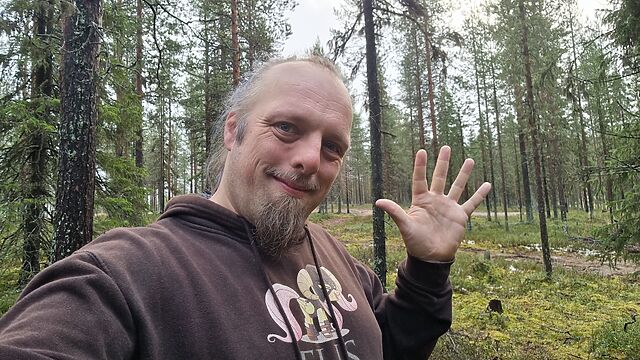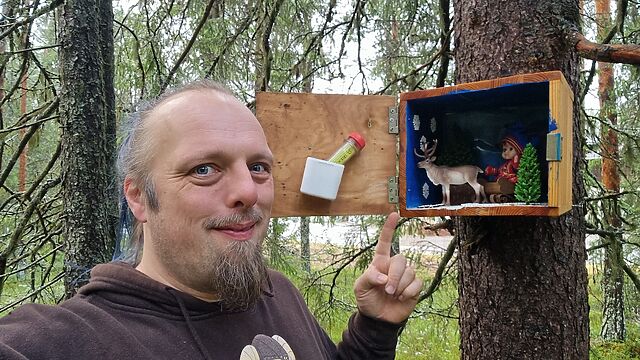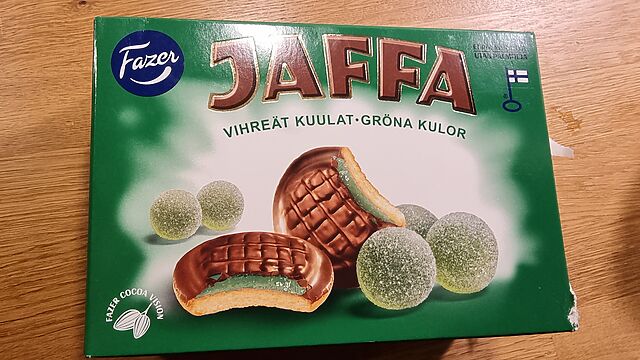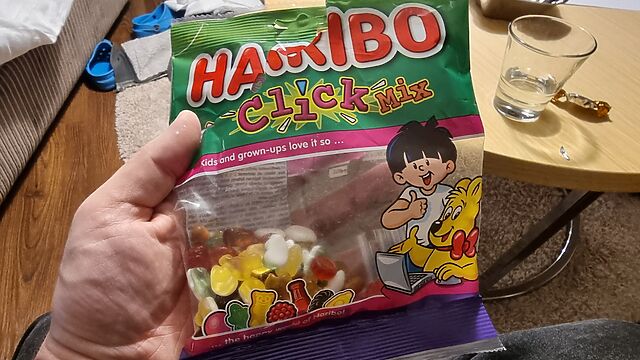Subject: “Re-Design and Promotion Strategy for Dead.Garden”
Subject: “About your Dead.Garden”
Subject: “Errors in your Dead.Garden”
Dear Dead,
your website is not good enough, in fact, it is actively bad.
Don’t you know that you need Search Engine Optimization?
What are you, some kind of idiot?
Your site is currently ranked on page 1,000,000 of Google,
and if we know anything (in fact, we know everything),
this means that you are wasting not only your time,
but much more importantly
money.
We’ve had a quick look at your site
and noticed a few areas that could be improved.
We’ve discovered that your website’s UI is,
frankly,
complete ass.
Your mobile experience is bad, your CTAs should be shinier and rounder;
Maybe put a gradient here and there.
How are you ever going to get someone to buy your product
without manipulating their behaviour?
You’re not selling anything?
Well then, what ARE you doing?
…









